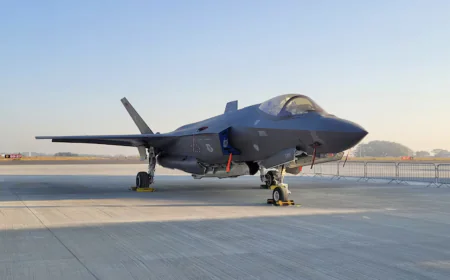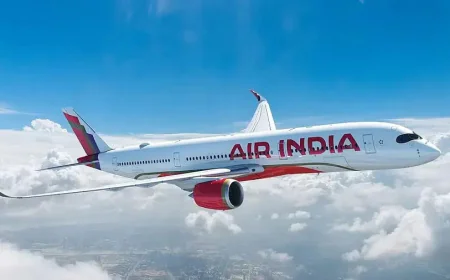Air India completes inspection of fuel control switch in Boeing fleet, says no problem found
Air India: Air India has completed precautionary inspection of the locking mechanism of the fuel control switch (FCS) of all Boeing 787 and Boeing 737 aircraft in its fleet. The airline said that it has complied with the DGCA instructions issued on July 14, 2025. Let's know about this.

Air India has completed precautionary inspection of the locking mechanism of the fuel control switch (FCS) of all Boeing 787 and Boeing 737 jets in its fleet. The airline said it has adhered to the July 14, 2025 DGCA guidelines. Air India said that in the inspections, no problem was found in the said locking mechanism. Air India started the voluntary inspection on July 12 and completed it within the time limit set by the DGCA. The regulator has been informed about this.
Air India on Tuesday said it has successfully completed a precautionary inspection of the fuel control switch (FCS) locking mechanism on its entire Boeing 787 and Boeing 737 fleet and "no fault was found". The inspection was carried out in the wake of the June 12 accident in which an Air India Boeing 787-8 aircraft crashed into a building soon after taking off from Ahmedabad to London's Gatwick. The accident killed 260 people, including 19 on the ground and 242 passengers and crew on board the aircraft.
An Air India spokesperson said, "During the inspection, no fault was found in the said locking mechanism. Air India had initiated the voluntary inspection on July 12 before the DGCA's direction and completed it within the stipulated time frame. The regulator has been informed about it. Air India is committed to the safety of passengers and crew members."
The check was conducted after a directive from the DGCA last month. The directive called for an investigation into Boeing's fuel control switch system and other aircraft flying in India. The action followed a 15-page preliminary report on Air India plane crash in which the switches that provide fuel to the engines were switched off within a second of the takeoff. This was the primary reason behind the tragic crash.













































































